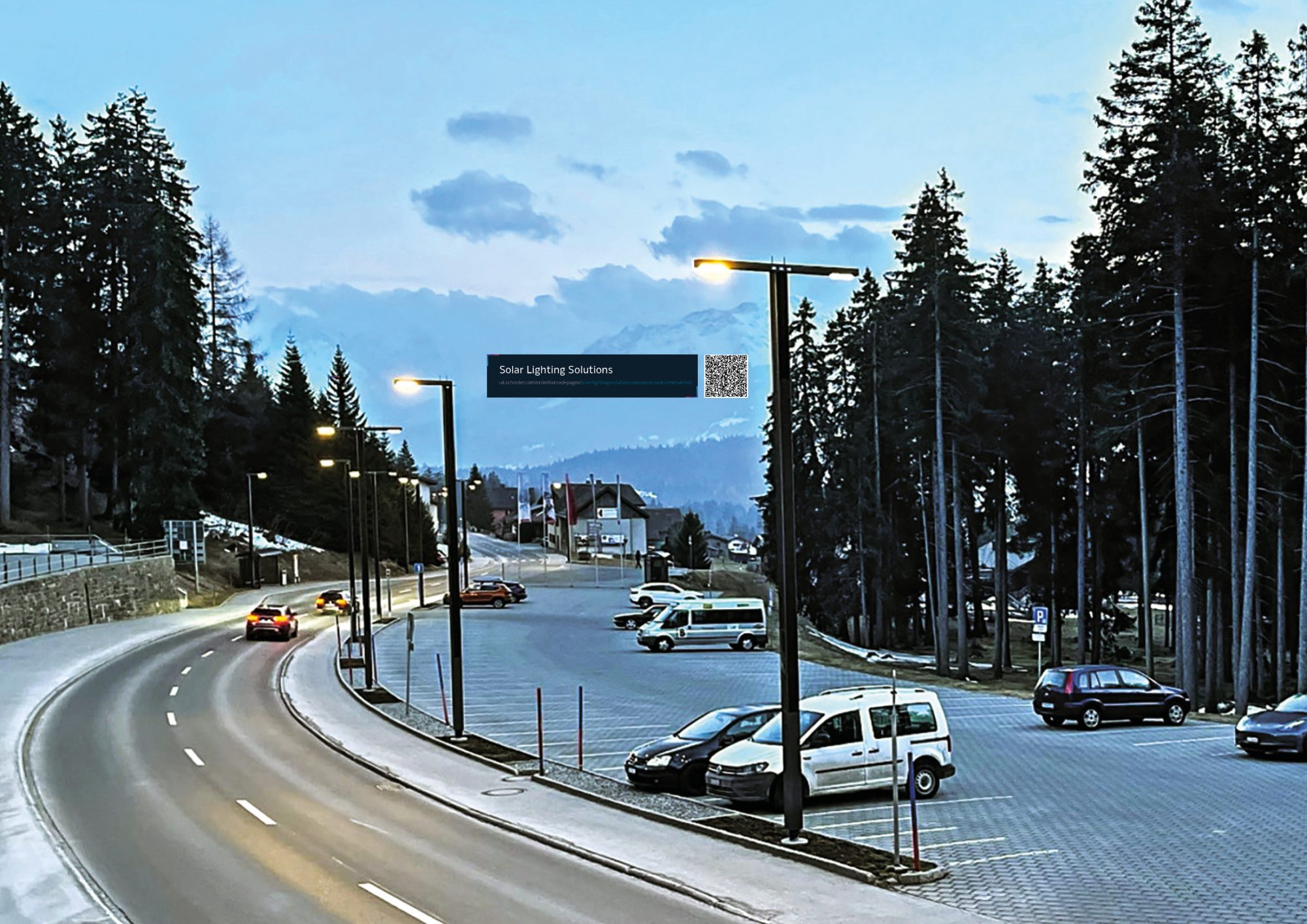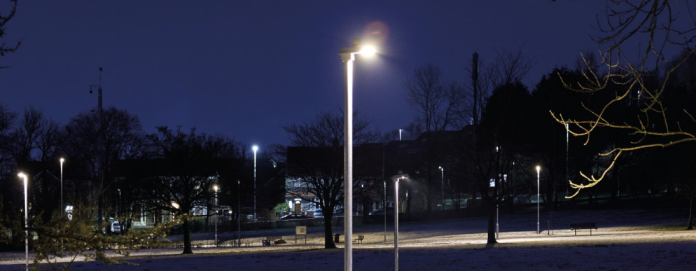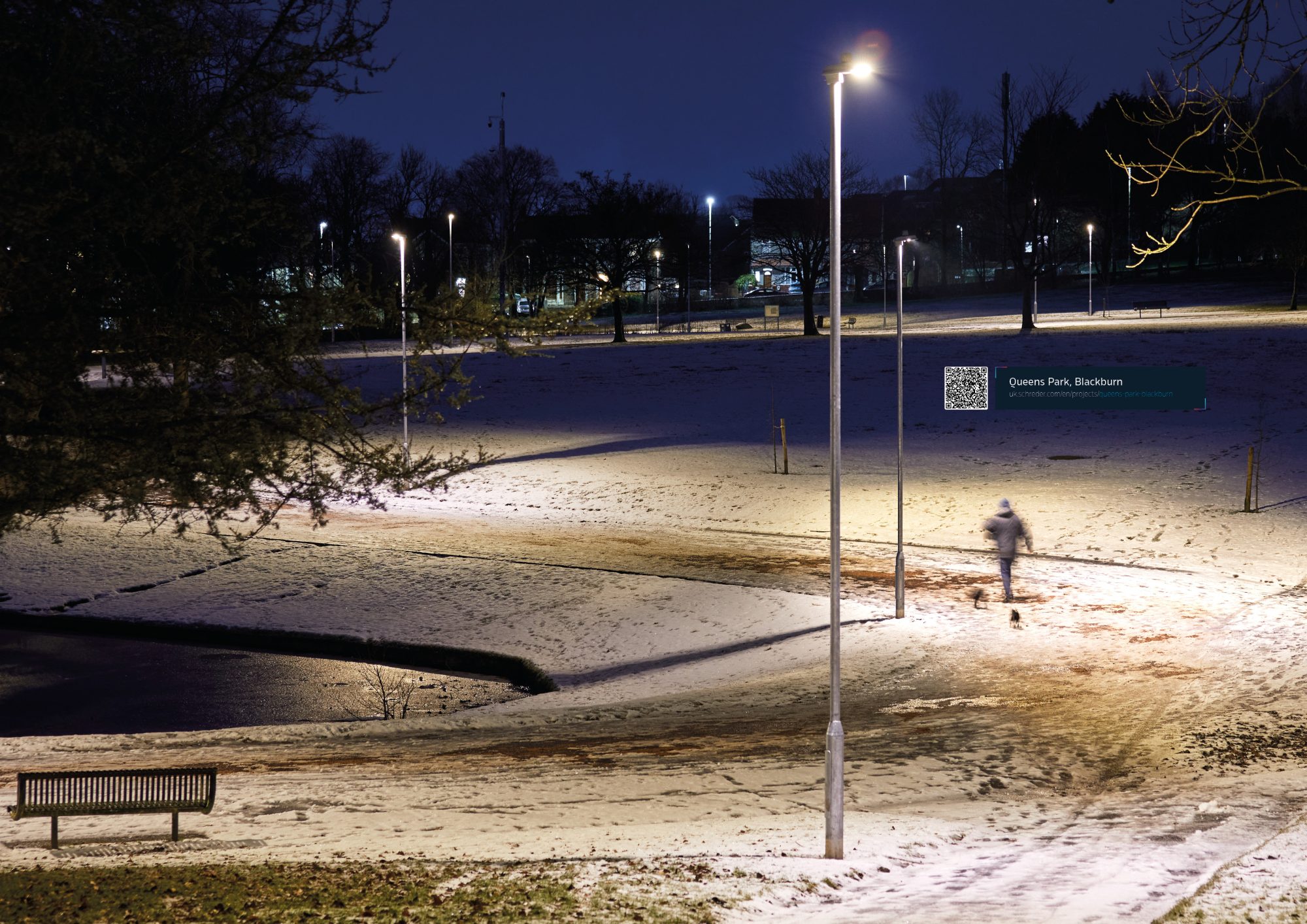Urbis Schréder argues that smart interoperable urban lighting is shaping a sustainable future
As energy costs continue to rise, local authorities face increasing pressure to reduce operational expenses and enhance energy efficiency. The need for smart, sustainable infrastructure has never been more urgent. Gary Bennett, Regional Director (UK and Ireland) of Urbis Schréder, highlights this opportunity: “We’re not just delivering lighting solutions – we’re offering integrated services that empower our clients to reduce their carbon footprint and take full control of their lighting systems.”
A new era in urban lighting
Urban lighting has evolved dramatically over the past 50 years. What was once merely a means to illuminate streets and public spaces has now become a sophisticated system that integrates with broader urban infrastructure. Modern technology enables the use of advanced control management systems, such as Schréder’s EXEDRA, which offer real-time data collection and 24/7 control over lighting networks – whether managing individual luminaires or entire systems.
This shift from static, manual lighting systems to dynamic, intelligent networks represents a significant leap forward. By embracing a connected element in their lighting structure, local authorities can significantly reduce their energy usage and carbon emissions – by up to 85% compared to traditional lighting sources. This not only helps in meeting sustainability targets but also slashes operational and maintenance costs, freeing up valuable resources for other critical public services.
Moreover, these modern lighting solutions are not just about cutting costs and energy use; they are central to creating safer, more liveable urban environments. Well-lit streets and public spaces deter crime, reduce accidents, and improve the overall sense of security for residents.
The SMART approach
At Urbis Schréder, we believe that all smart systems – regardless of the provider or the user – should adhere to five key principles: they must be Simple, Modular, Automation-driven, Resilient, and Trustworthy (SMART). This philosophy is the foundation upon which Schréder EXEDRA is built.
Schréder’s EXEDRA is a Central Management System (CMS) designed to optimise urban lighting and related infrastructure. It provides towns and cities with a robust platform to manage their lighting networks effectively. With EXEDRA, public funds are invested in infrastructure that delivers tangible operational benefits, meets stringent sustainability and decarbonisation targets, and enhances services that directly impact citizens’ quality of life.
Furthermore, dynamic control systems contribute to public safety by ensuring that lighting levels are adequate in areas where they are needed most. This not only conserves energy but also supports the safety and well-being of citizens, creating a more secure and inviting urban environment.
 Case study: Queen’s Park, Blackburn
Case study: Queen’s Park, Blackburn
Queen’s Park, a historic green space in Blackburn, faced significant safety challenges due to its poorly lit pathways. These unlit areas had become a magnet for crime and antisocial behaviour, threatening the safety of pedestrians and cyclists. Recognising the need for a safer environment, Blackburn Council secured funds from the UK Government’s Safer Streets Fund, allocating part of the grant to install smart sustainable street lighting.
To maximise the impact of this funding, the council opted for cost-effective AXIA EVO lanterns, equipped with 3000K (warm white) LEDs. These LEDs create a welcoming atmosphere that is also mindful of the park’s ecosystem, as warmer light temperatures are less disruptive to wildlife. Additionally, the lanterns’ 0% upward light output ratio helps protect our dark skies by minimising sky glow.
Each lantern features 7 PIN NEMA sockets, enabling remote connectivity and control via the EXEDRA system. This integration allows the council to manage lighting remotely, optimising energy use and reducing operational costs. The smart lanterns are designed to operate at 20% output, increasing to 100% when motion is detected. This ensures that the park is well-lit when needed, promoting safety and encouraging the community’s use. Photocells further enhance efficiency by deactivating the lights when daylight is sufficient.
Thanks to this intelligent lighting solution, Queen’s Park has undergone a remarkable transformation. It has emerged as a safer, more welcoming environment for the community, where pedestrians and cyclists can navigate with confidence, even after nightfall.
Schréder and Photinus: A powerful alliance
Schréder and Photinus have joined forces to deliver innovative solar lighting solutions. By combining Schréder’s expertise in smart lighting with Photinus’ pioneering solar technology, we offer high-quality, sustainable, and customer-focused products. Our powerful partnership is transforming public spaces with efficient and beneficial off-grid solar lighting, reducing environmental impact while enhancing safety and comfort.
Our range of solar-powered lighting products offer unrivalled efficiency, durability and smart control. Perfect for a variety of outdoor applications, these innovations combine sleek design with cutting-edge technology to deliver reliable, eco-friendly lighting. Say goodbye to energy bills and embrace sustainable lighting for a brighter, more cost-effective future – explore our solar range today at https://uk.schreder.com/en
To explore how Urbis Schréder can help you transform your urban spaces, contact us at logic@urbis-schreder.com
Let’s work together to create safer, more sustainable communities.

This work is licensed under Creative Commons Attribution-NonCommercial-NoDerivatives 4.0 International.












